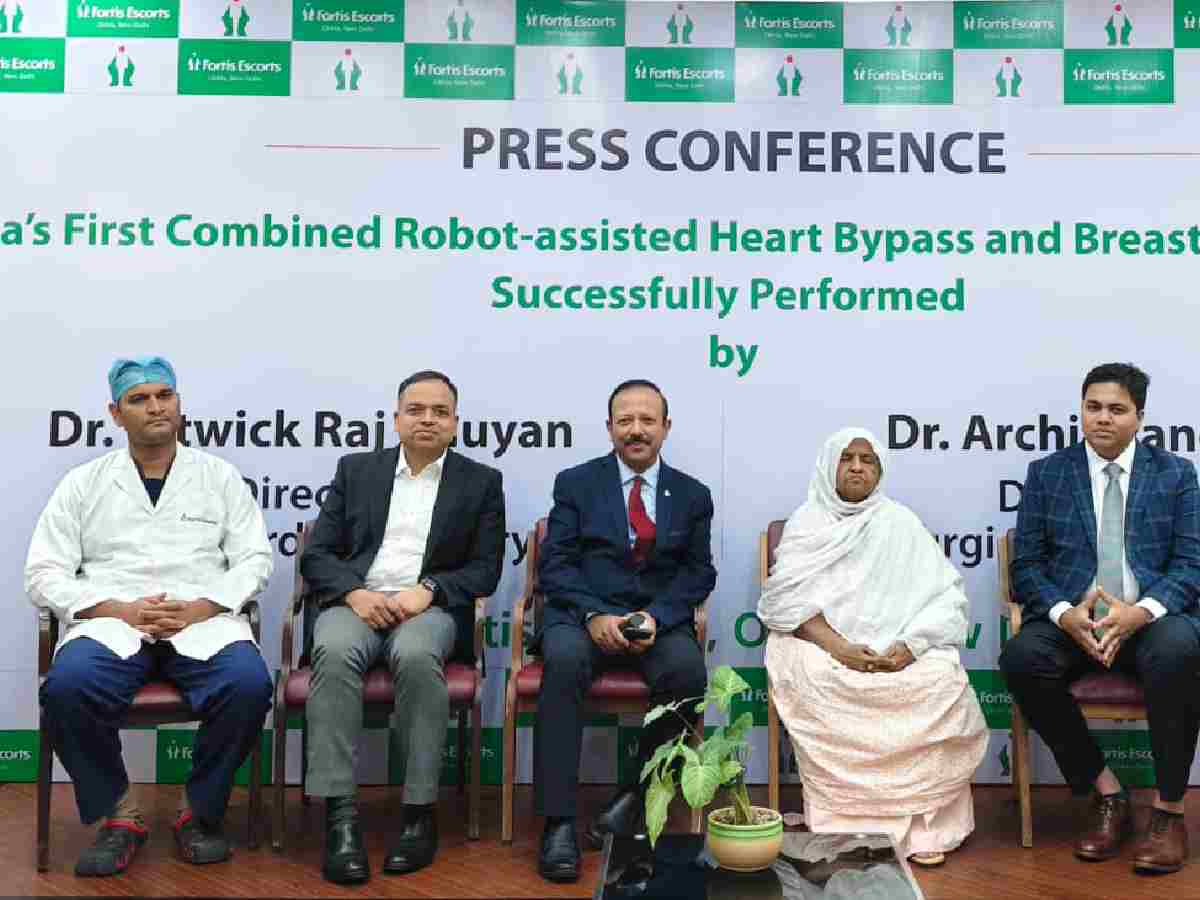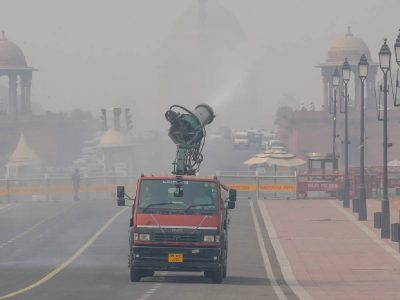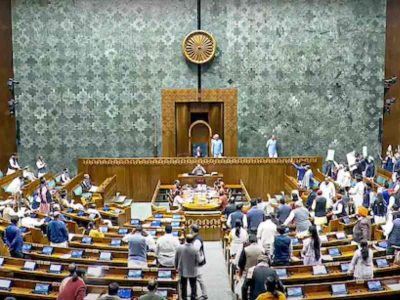In what is being described as a rare medical milestone, doctors at Fortis Escorts Heart Institute in Okhla, New Delhi, have successfully conducted India’s first combined robot-assisted coronary artery bypass surgery and radical mastectomy. The 11-hour-long dual procedure was performed on a 72-year-old woman from Bangladesh, who was battling both advanced stage 3 breast cancer and severe heart disease.
The complex surgery, carried out by a multidisciplinary team, marks a significant advancement in the use of robotic technology for life-saving interventions involving multiple organ systems.
A race against time
The patient was admitted in critical condition with symptoms including severe shortness of breath, extreme fatigue, and continuous bleeding from a large, ulcerated wound on her right breast. Medical investigations revealed that she was suffering from advanced breast cancer and heart failure caused by major blockages in three coronary arteries.
Doctors determined that she was unfit for standalone cancer surgery due to her compromised heart function. At the same time, her cancer had advanced to a stage where any delay in treatment would have been life-threatening. Faced with a dilemma, the team at Fortis opted for a rarely-attempted strategy: addressing both conditions in a single surgical session.
The surgery was led by Dr Ritwick Raj Bhuyan, Director of Adult Cardiothoracic & Vascular Surgery; Dr Archit Pandit, Director of Surgical Oncology; and Dr Vineet Goel, Consultant in Surgical Oncology.
High-risk cardiac procedure followed by cancer surgery
The operation began with a robot-assisted coronary artery bypass grafting (CABG), using minimally invasive techniques to restore blood flow to the heart. Unlike conventional open-heart surgery, this approach required only small incisions between the ribs, avoiding the need for a full sternotomy. The less invasive method reduced surgical trauma and enabled a quicker transition to the next stage.
Without changing the surgical field, the team then performed a modified radical mastectomy to address the patient’s breast cancer. The ulcerated tumour was continuously bleeding and at risk of causing systemic infection. Surgeons removed the affected breast, surrounding tissue, and lymph nodes in an effort to prevent the cancer from spreading further.
‘Not just a surgical challenge’
Dr Bhuyan described the case as a high-stakes operation and said it was “not just a surgical challenge but a race against time.” He explained that the patient’s heart was failing while her cancer was progressing rapidly, adding that even performing a cardiac bypass alone on a frail patient was a difficult task.
“What made this case even more complex,” he continued, “was the need to follow it with cancer surgery immediately afterward.” The decision to use a robot-assisted approach, he said, helped reduce operative trauma and ensured a smoother transition between the two procedures. “It was truly a team effort,” he added.
Dr Pandit, who headed the oncological aspect, said the breast tumour was ulcerated, infected, and bleeding—posing an immediate threat to the patient’s life. At the same time, her heart was too weak to endure conventional cancer surgery.
“This placed us in a medical dilemma,” he said. Following detailed multidisciplinary discussions, the team chose the dual-surgery route—“something rarely done, especially in elderly patients with comorbidities.” He said the outcome was a reflection of the team’s skill and coordination.
Recovery and impact
After the dual procedure, the patient was shifted to intensive care for close monitoring. Her recovery was slow but steady, and she was discharged in a stable condition after 12 days of post-operative care.
Dr Goel, who assisted with the cancer surgery, said it was one of the most challenging cases he had encountered. “The patient had two life-threatening diseases progressing simultaneously,” he said. The success, in his view, was not just about the surgical technique but the result of meticulous planning, coordination, and the precision enabled by robotic technology.
Dr Vikram Aggarwal, Facility Director at Fortis Escorts, called the case a milestone in Indian medical history. Performing two high-risk surgeries using robotic assistance in a single session, he said, was not only a testament to clinical expertise but also reflected the hospital’s commitment to cutting-edge, compassionate care.
Also Read: Aahwahan Foundation launches initiative to combat cervical cancer
“It reinforces Fortis Escorts’ position as a leader in advanced multidisciplinary treatment,” he said, adding that the team was proud to have gained the trust of patients from beyond India’s borders for complex life-saving procedures.
A rare and emerging medical frontier
Dual surgeries of this kind—particularly combining cardiac and oncological interventions in elderly patients—are exceptionally rare. The use of robot-assisted surgery added an additional layer of complexity, but also provided advantages such as smaller incisions, reduced blood loss, and quicker recovery.
Robot-assisted CABG remains a relatively new technology in India. Its successful pairing with cancer surgery in this case opens up new possibilities for treating patients with multiple serious conditions simultaneously.
The patient has since returned to Bangladesh and is reported to be doing well. She will continue follow-up care as per medical advice from the Fortis Escorts team.





